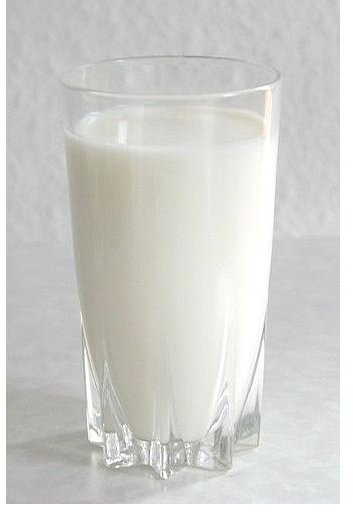ADHD in Children: Learn about ADHD and Food Allergies
ADHD and Food Allergies
Although there are some inconsistent results in studies examining the relationship between food allergies and ADHD in children, much research does suggest a connection.
Food allergies occur when the body recognizes a certain food molecule as a foreign object (antigen). In response, the immune system is activated and this can (under some circumstances) have a negative effect.
Many symptoms and diseases have been associated with food allergies, including frequent ear infections, eczema, bed wetting, asthma, inability to concentrate, anxiety, and hyperactivity.
In one trial, 76 children with severe ADHD were treated with a diet consisting of low-allergen foods, including chicken, lamb, rice, potatoes, apples, bananas, and cabbage-family vegetables (such as cabbage, broccoli, and Brussels sprouts). After 4 weeks, 62 children (82%) improved. When foods were reintroduced, hyperactive behaviors and other symptoms reappeared.[1]
Most common allergenic foods include milk and dairy products, wheat, corn, eggs, oranges, and peanut butter. An allergic reaction can be caused by a starch, protein, some other food component, or a food contaminant (such as a preservative or dye).
It has long been debated whether or not food additives are linked to ADHD in children. According to Benjamin Feingold, M.D. (who presented this information to the American Medical Association in 1973), perhaps 40-50% of hyperactive children are sensitive to artificial food colorings, flavorings, and preservatives.
A recent British study suggests, removing certain food additives (including sodium benzoate and sunset yellow) can reduce symptoms of ADHD.[2]
Changing the diet may not be a cure-all but it may prove helpful.
The Elimination Diet to Treat ADHD
The low-allergen foods used in the the trial (mentioned above) are standard in an elimination diet. Other foods can be suitable but they should not be commonly known allergenic foods (or contain additives). When removing an allergenic food, all products that contain that food should also be eliminated. Avoid processed foods.
The child should eat this limited diet for at least one week (up to 4 weeks). If food allergies are a factor of ADHD, symptoms should disappear by day five or six. If symptoms do not disappear, a more restricted diet may be necessary. If a diet is too restrictive, consult with a doctor to prevent nutritional deficiencies.
Individual foods are gradually reintroduced into the diet (about every two days). Normally, if a reaction was to occur, it is more recognizable and severe than before the “cleansing”. Keep detailed records.
All refined sugars should also be excluded in the diet when observing symptoms of ADHD in children.
References
- [1] Lancet (1985): 4540-5
- [2] University of Southhampton, U.K. (2007)
Photo Credit
Image courtesy of https://commons.wikimedia.org/wiki/File:Milk_glass.jpg
Disclaimer
Please read this disclaimer regarding the information contained within this article.
